A Game World is a Playground
- Edwin McRae
When building a game world it’s important to remember that you are effectively designing a playground. Kids expect to see swings, slides, jungle gyms and seesaws in their local playground. If it’s a pirate-themed playground, there might be a pirate ship, but if there are no slides or climbing walls on that ship then the kids are going to be somewhat perturbed.
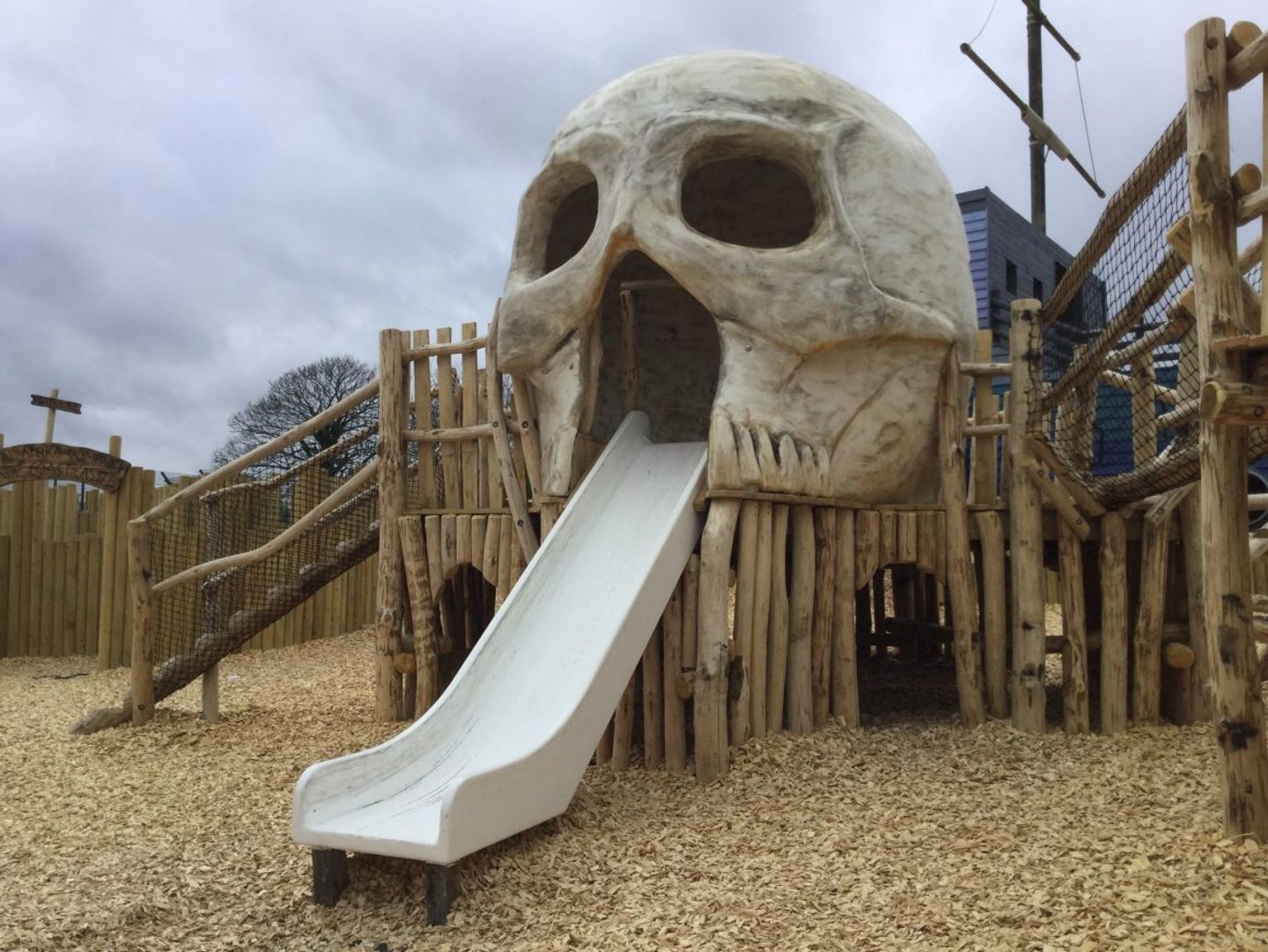
You can’t build a game world without first knowing what the core mechanics are. If the game is a platformer then your world needs to account for a lot of jumping. That’s why platformers are often set in skyscrapers, castles, towering forests and rocky mountains.
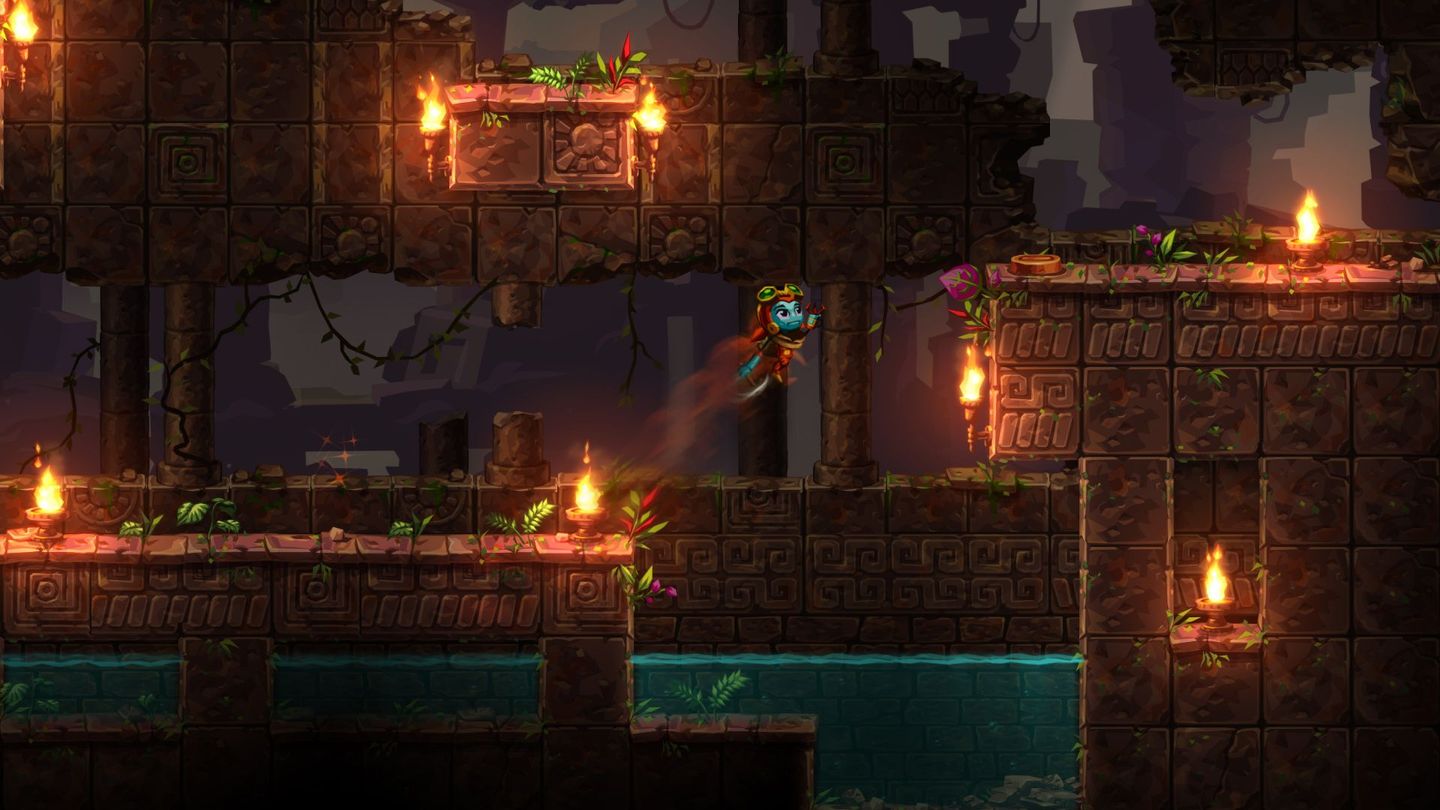
That’s why organized crime, wars and zombie apocalypses are such common settings for first person shooters. Combat games need worlds that are filled with hostile people and creatures to fight.
Ancient ruins and tombs, high tech laboratories and space stations are all favourite settings for puzzle games because they smoothly justify the existence of complex contraptions. Cities, space colonies, ancient settlements and farms are all comfortable contexts for resource management games.
Once you know what your true player experience is, why the "kids" are coming to your playground, then you’ll be pleasantly surprised by just how simple and ‘on point’ your game world can be.
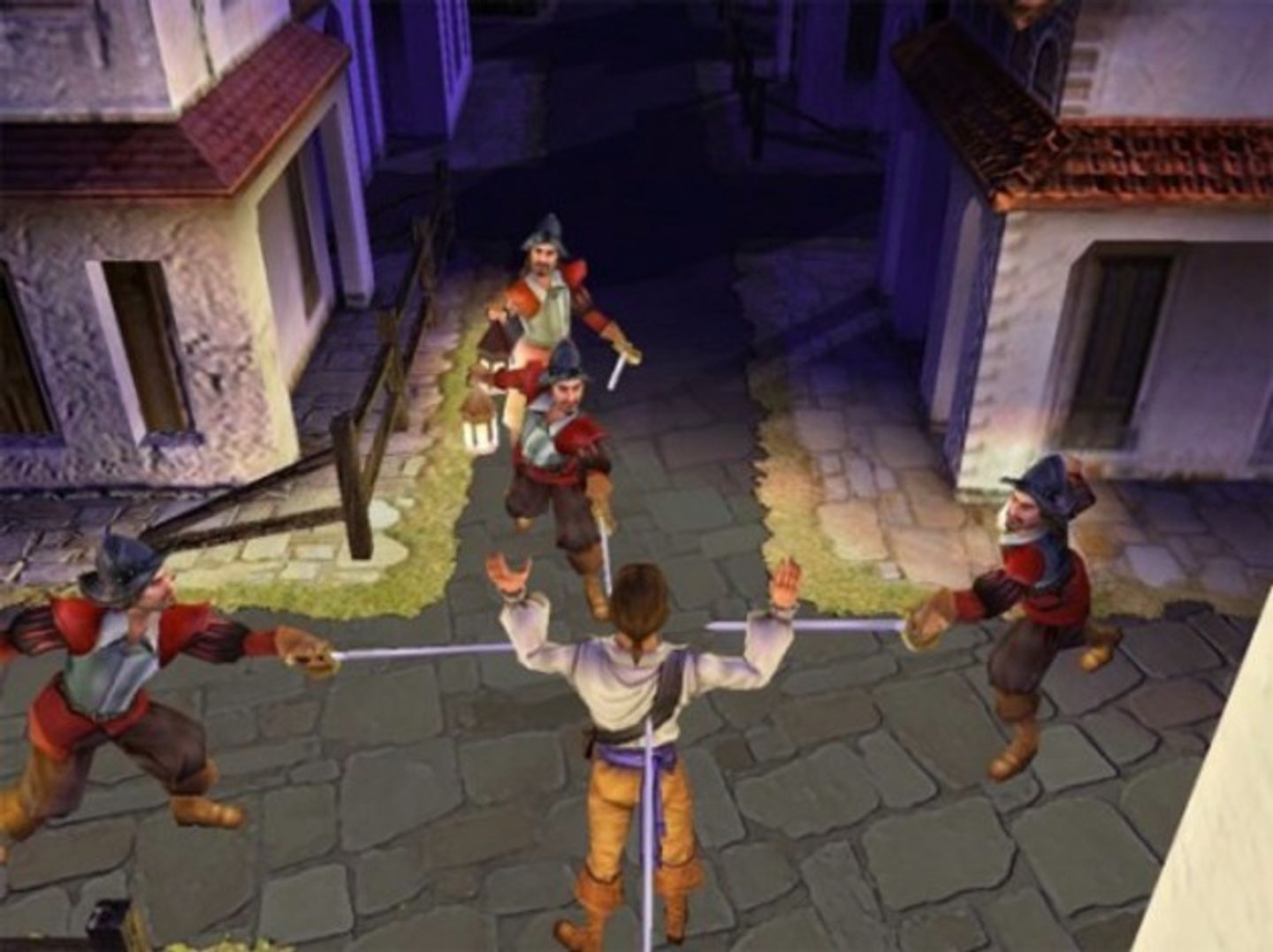
For a deeper dive into world building for games, my Narrative World Building ebook is now available for direct sale and preorder!
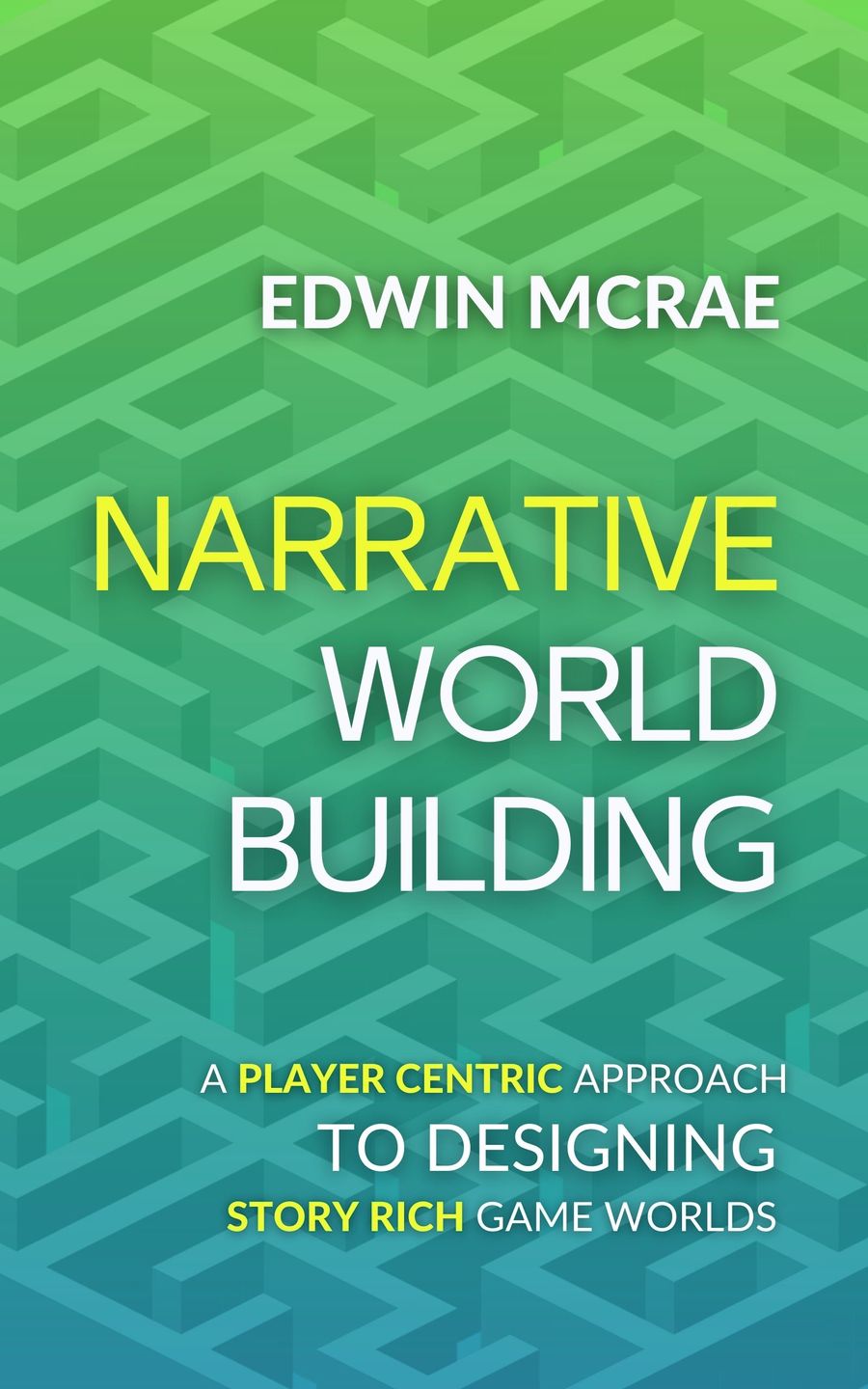
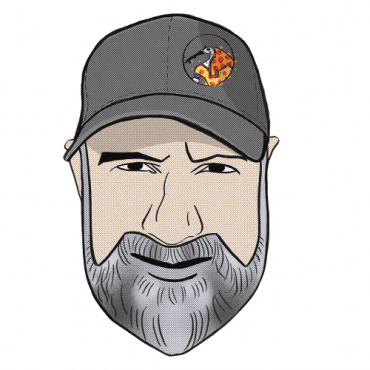
About Edwin McRae
Edwin is a narrative consultant and mentor for the games industry.
